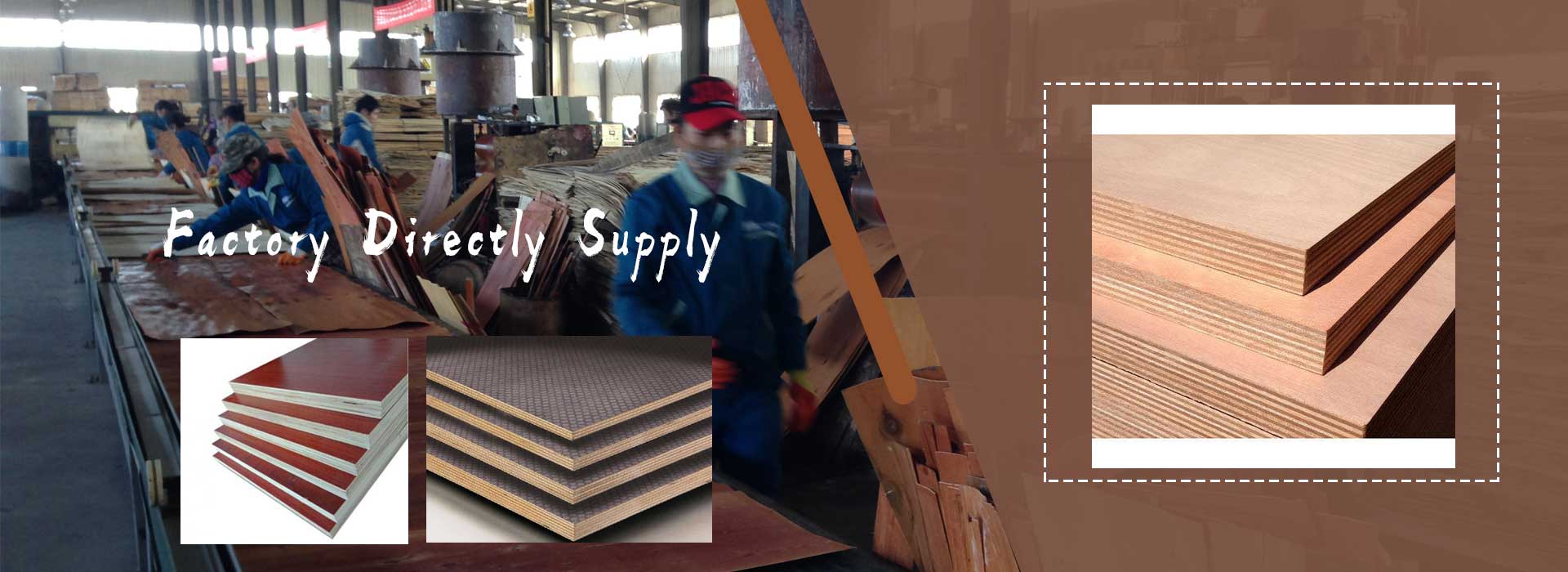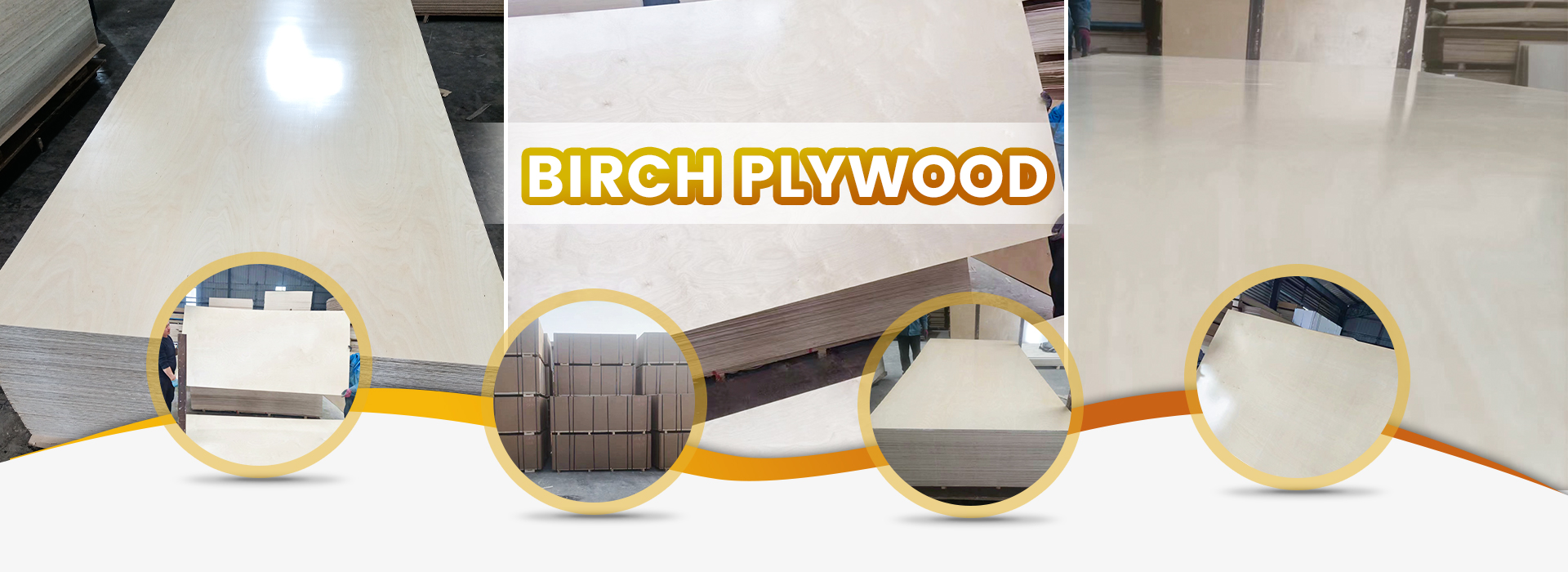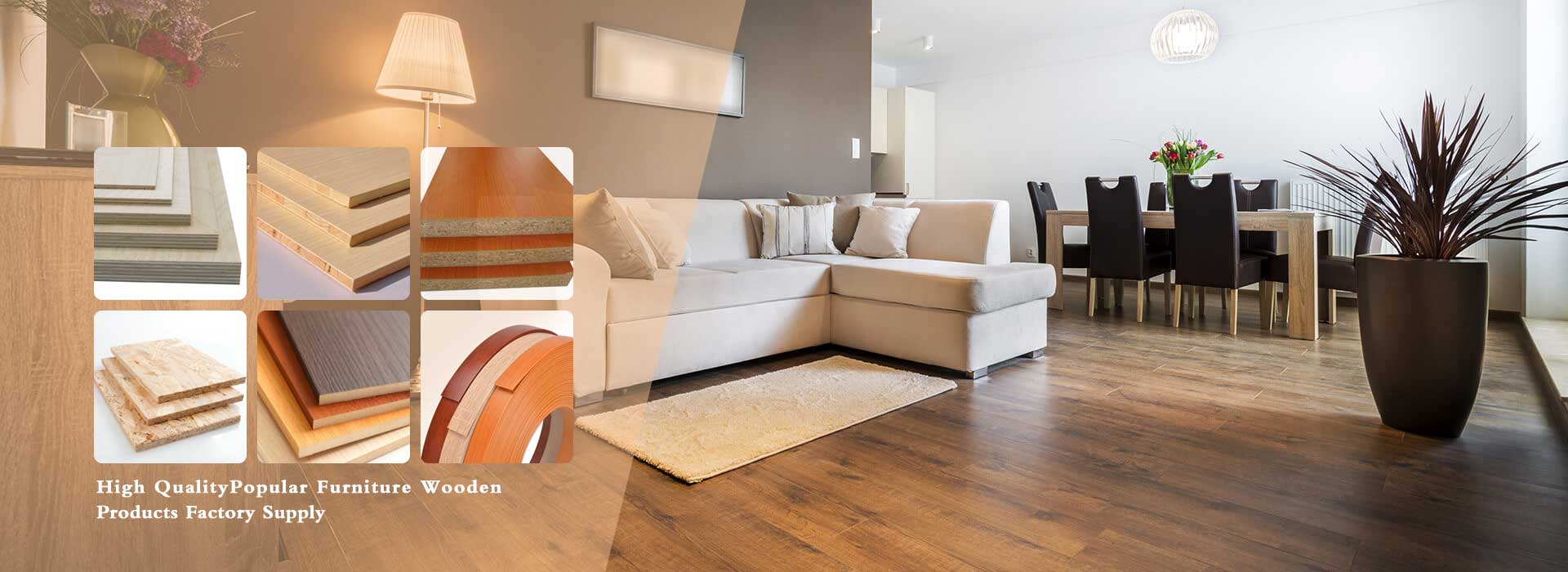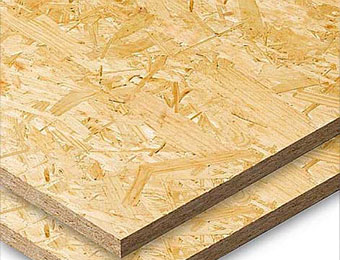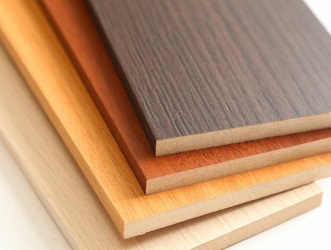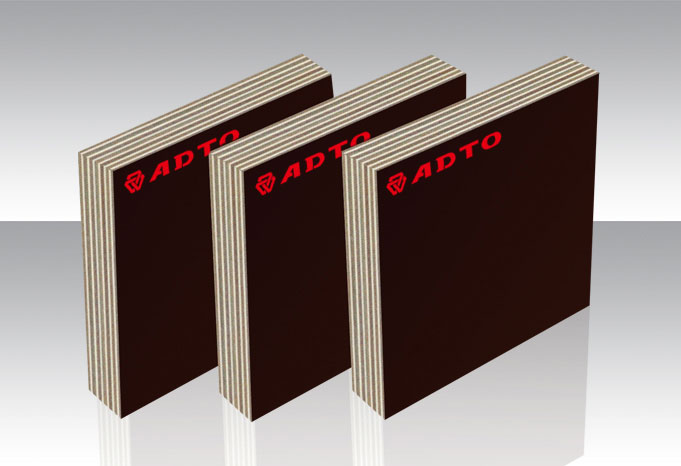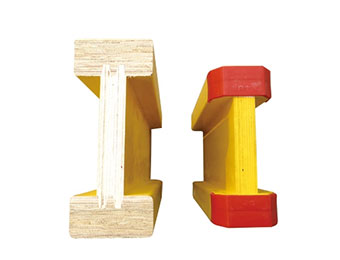Plywood is a laminated wood product with origins that date back to ancient Egypt and China. In 1865, the first patent for plywood was issued to John K. Mayo. Today, modern methods of manufacturing and production have made plywood one of the most widely used engineered wood products in building, furniture and cabinet making.
Plywood
Plywood is made from thin layers of wood shaved from logs. The layers, called veneers, are orientated so that the grain of one layer opposes the grain of the layers above and below. The opposing grain directions make plywood a stable product that resists warping and expands and contracts evenly with temperature and humidity changes. Manufacturers orientate the layers, add glue and apply pressure and heat to form the finished product.
Wood Veneers
The veneer layers of plywood are shaved or cut from logs from the tree species desired. Inner layers often consist of less expensive wood species or use lower quality veneers than the outer layers, depending on the application. Most manufacturers rotate a log on a large lathe and shave a continuous sheet of veneer from it. Some logs don't shave well or a particular grain pattern is desired and the logs are sliced rather than shaved. The slices are then trimmed and glued together to form the veneer sheets.
Glue
The glue used to manufacture plywood falls into four different categories. Waterproof glue used to manufacture marine and exterior plywood is suitable for long-term exposure to water. Plywood with an Exposure 1 rating uses water-resistant glue suitable for high humidity and limited exposure to wet conditions. The glue for Exposure 2 plywood resists humidity for short periods, but not wet conditions. Plywood made with Interior-rated glue requires protection from high humidity and wet conditions.
Specialty Plywoods
Specialty plywood products make use of the specific properties of materials different from wood veneers. Some of these products use different materials for the outer layers and regular wood veneers for the inner layers. Other specialty products use wood veneers for the outer layers and materials such as fiberboard, particle board or hardboard for the inner layers. Still other products use both wood veneers and other materials for the inner layers and wood veneers for the outer layers.



